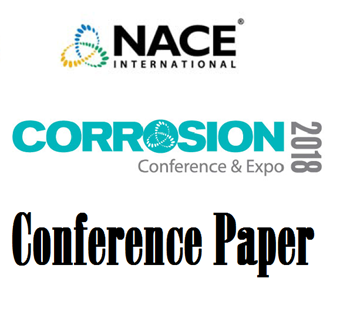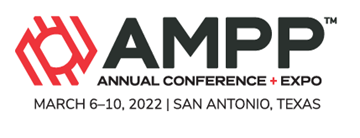Search
Products tagged with 'atmosphere'
View as
Sort by
Display
per page
51318-11390-Diagnostic Corrosion Condition of Oil and Gas Pipelines
Product Number:
51318-11390-SG
Publication Date:
2018
$20.00
Characterization Of The Surface Chemistry At Corroded And Non-Corroded Sites On Aluminum Alloy 7075-T6 Samples Exposed At Coastal Locations
Product Number:
51322-17642-SG
Publication Date:
2022
$20.00
Environmental Exposure Profiles for Atmospheric Corrosion
Product Number:
51323-19416-SG
Publication Date:
2023
$20.00



